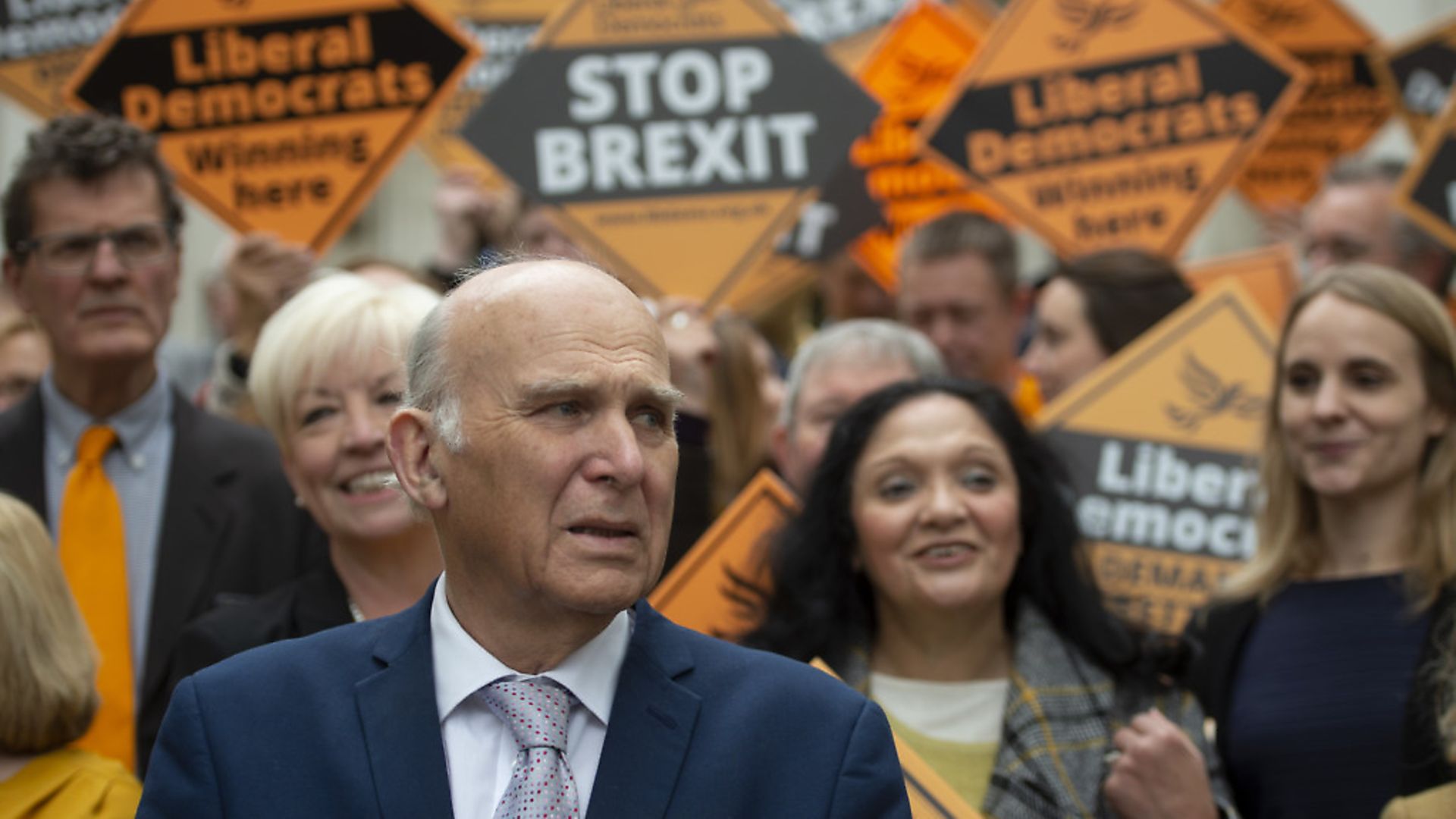
After centuries, could the two-party system finally be finished by Brexit? And what will it mean if it is replaced by a four-party one? BARNABY TOWNS reports.
The two-party system – Whigs against Tories to Conservatives versus Liberals, then Labour – is a great survivor.
No upheaval – 1688’s installation of constitutional monarchy; 1707’s Act of Union binding England and Scotland; the American and French Revolutions; Napoleonic Wars; world wars; Great Depression; the 1936 abdication crisis; universal franchise; or the end of empire – has dislodged it. Since then, it survived Thatcherism, Iraq, the expenses scandal and the Great Recession. But there are signs that Brexit may break the duopoly and the first-past-the-post system that entrenches it.
At face value, last month’s European parliament election, with its 37% turnout, doesn’t look a likely suspect in the duo’s demise, despite the two ‘main’ parties only earning third and fifth place in the popular vote. But combined with divisive votes on the EU in 2016 and Scottish independence in 2014 and the enfranchisement of party members, it may mark a transition from older socio-economic divisions of court and country; land and industry; middle and working class, to new cleaves centred on identity. These divide old and young; urban and rural; university-educated and non-graduates.
May’s European election results (Brexit Party: 30.5%; Liberal Democrats 19.6%; Labour: 13.6%; Greens: 11.8%; Conservatives: 8.8%; Change UK: 3.3%; Ukip: 3.2% with the SNP at 37.8% in Scotland and Plaid on 19.6% in Wales) show an unprecedentedly low Tory-Labour share.
The first post-election YouGov poll confirms this upside-down world, with the Lib Dems in the lead at 22%; Brexit on 20%; Labour and Tories on 18% each; and Greens 8%. This no doubt reflects the recent success of the chosen champions of Leave and Remain and isn’t a guarantee of future performance.
But the disappearance of the Conservatives and Labour from the top two is striking and on an entirely hypothetical uniform national swing produces a dramatically hung parliament. In seats: Lab: 206; Tory: 145; Brexit: 115 and Lib Dems 106, according to the website, Electoral Calculus.
This confirms pollsters’ consensus that voters are now more strongly identified with Remain or Leave than traditional party allegiances, as well as the shift observed by all polling companies in favour of Remain. The combined vote for the pro-Europe five (Lib Dems, Greens, Change UK, SNP and Plaid) was 40.4% compared to 34.9% for the no deal two (Brexit and UKIP), while the Tories and Labour under-polled minority support for Theresa May’s deal and a softer Brexit, respectively.
Implications for the next general election – now widely feared in Tory and Labour circles – and for the two main parties’ Brexit stance are huge. Beyond the widespread assumption that the historically main parties will seek to emulate the clarity of last month’s big winners, they also face challenging elections on the horizon, even if the government can continue to avoid a general election.
There is this week’s Peterborough by-election – rather more Leave than nationally in 2016, at 61% – and one likely to come in Brecon and Radnorshire – a more representative 51% Leave – according to data analysis by University of London professor Chris Hanretty. If Remain and Leave voters follow the pattern of the European elections and swarm behind one party to represent them, these could be closely fought contests, perhaps especially if Lib Dems, Greens and the remnants of Change UK work together.
In less than a year, Londoners will go to the polls in the sixth mayoral election in the capital. This in a city where the Lib Dems topped the poll for the first time ever, winning 27% of the vote, ahead of Labour, the party of London’s pro-European mayor Sadiq Khan, on 24%, with the Tories scoring only 8%, in fifth place behind the Brexit Party and Green Party and even trailing Change UK – on 5% citywide – in some boroughs.
The London results certainly confirm the capital as Remain’s stronghold with a higher 41% turnout above 2014 when London borough elections were contested on the same day, and a split of three pro-EU parties: 45%, with the two-no deal parties on 20%.
With more than half of the Tory 2017 general election vote defecting to the Brexit Party and four in 10 Labour voters lending their ballots to Remain parties nationwide, and with just over a quarter of Labour switchers and a third of such Tories saying they plan to return, both major parties have their work cut out for them. If a new politics – grouping voters into ‘open’ versus ‘closed’, facing ‘inward’ against looking ‘outward’, favouring either ‘insulation’ from the world or ‘integration’ with it – emerges, the next phase in such a realignment may be four-party, not two-party politics and perhaps consequently electoral reform.









